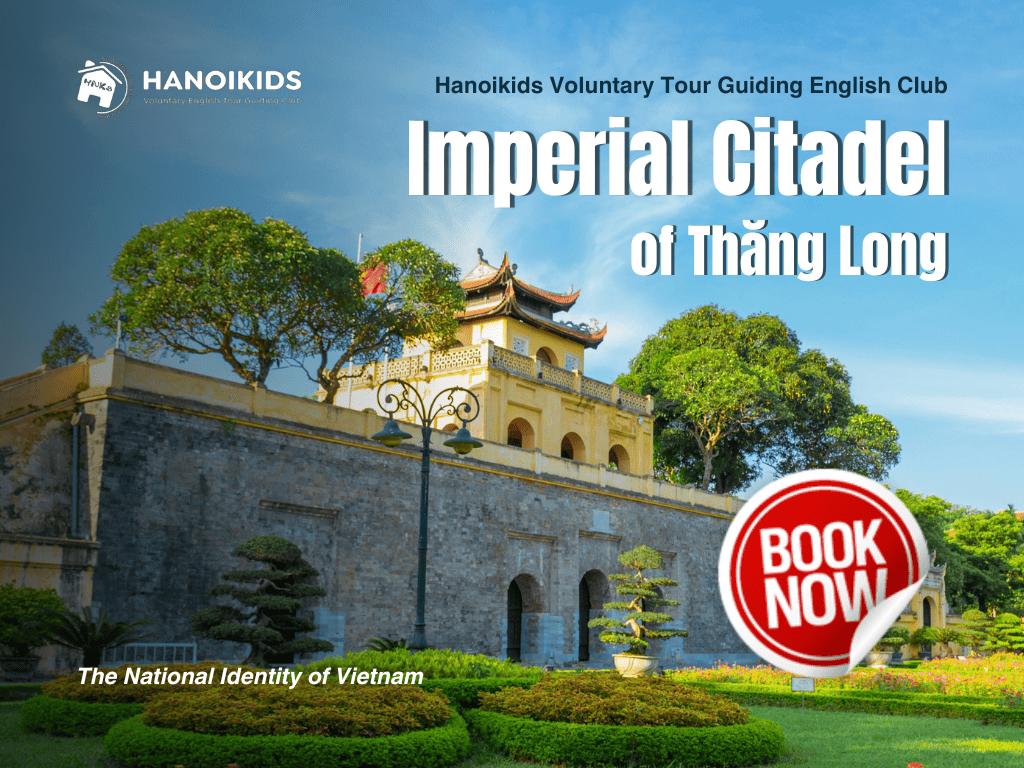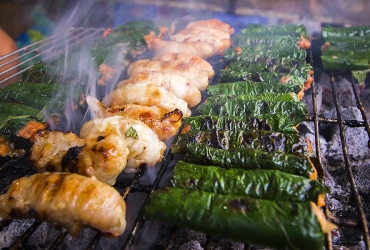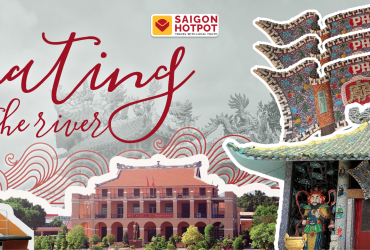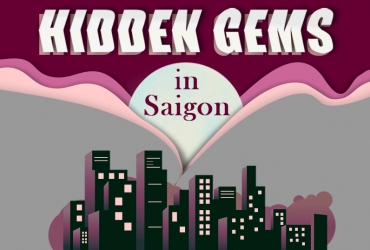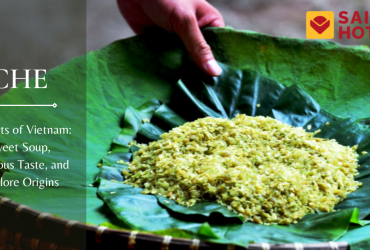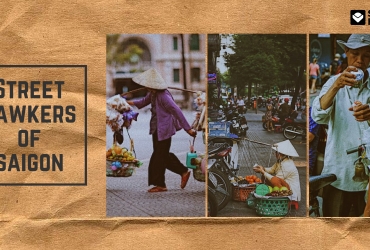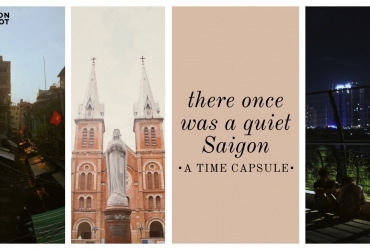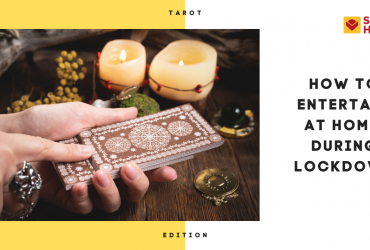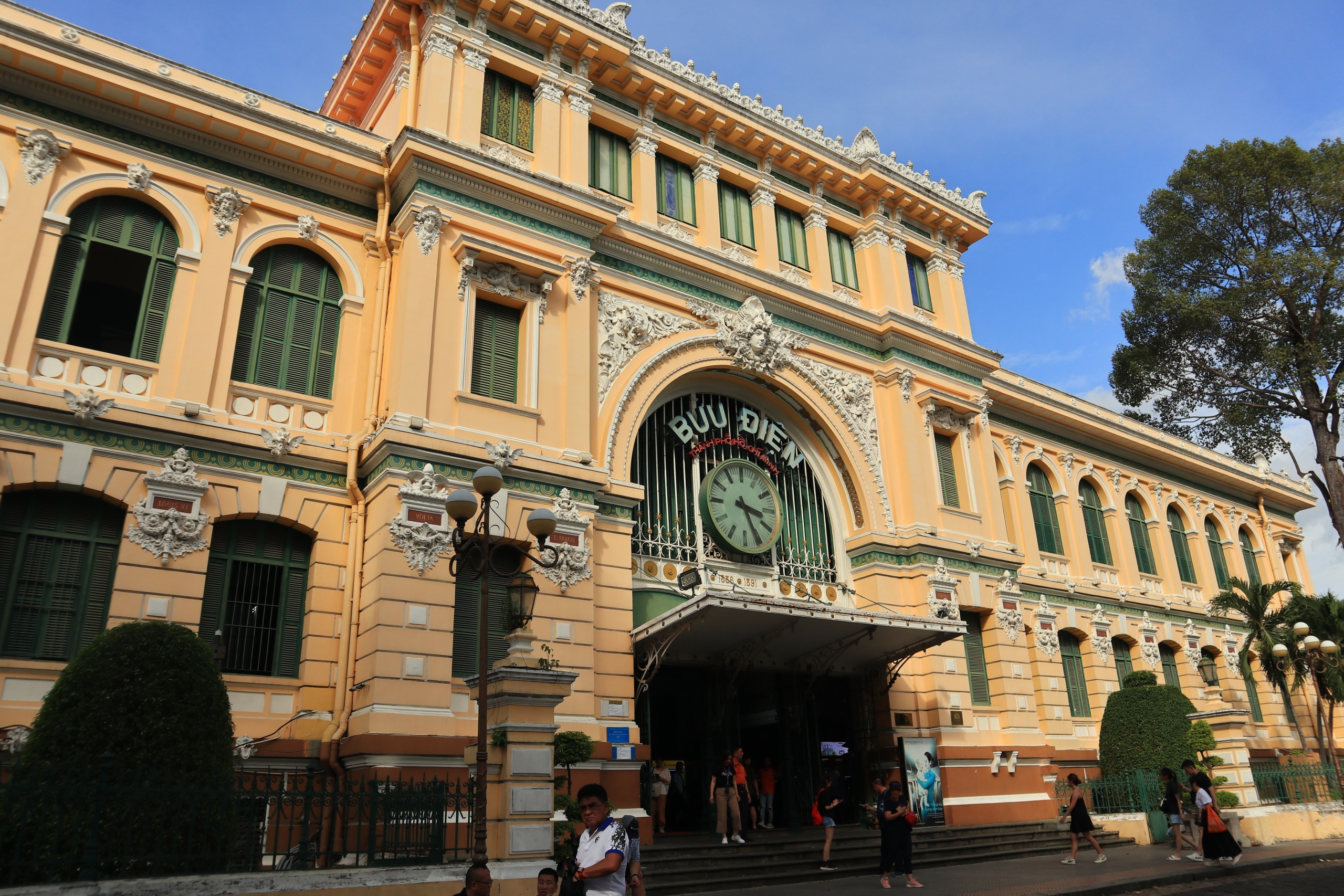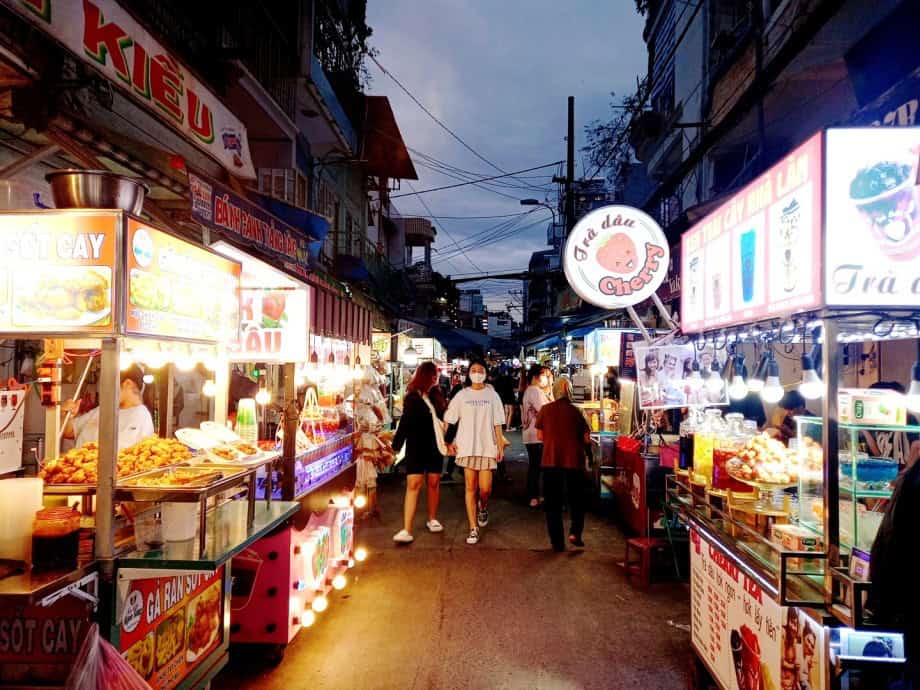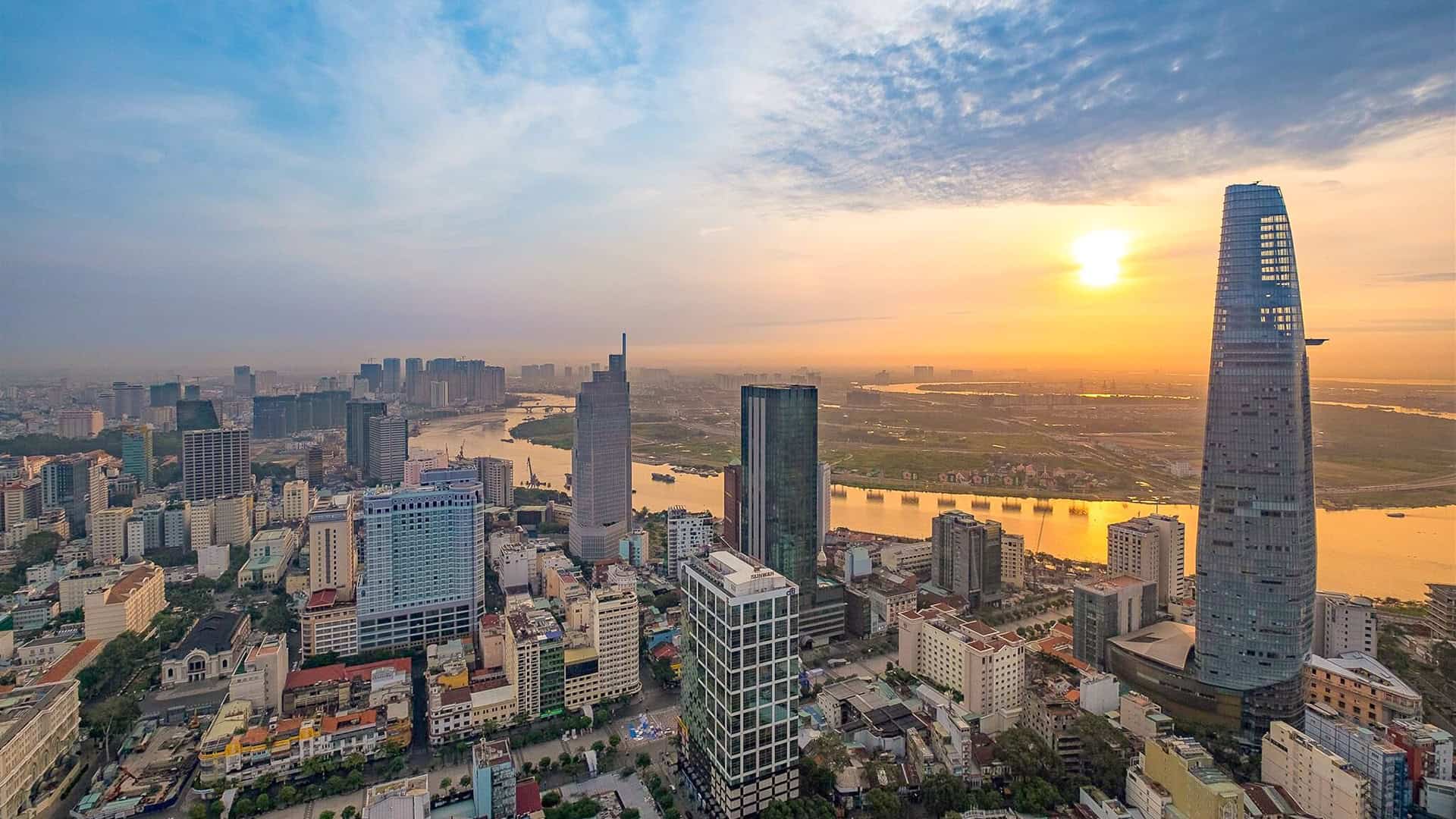Imperial Citadel of Thang Long is an iconic historical site in Hanoi, Vietnam, recognized by UNESCO as a world cultural heritage in 2010. The Citadel was built in the 11th century by Emperor Ly Thai To as the political and military center of the Dai Viet Kingdom, and later the capital of the Nguyen Dynasty. Its architecture is a harmonious blend of Vietnamese, Chinese, and French influences, reflecting the country’s long and diverse history.
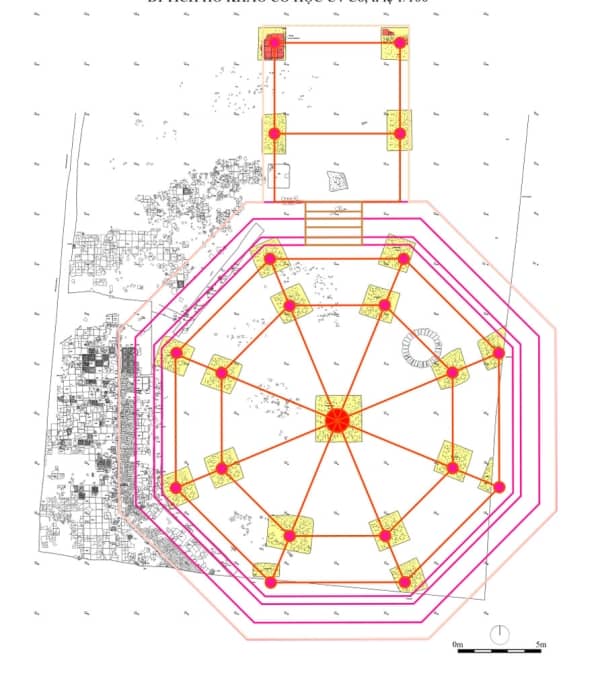
Architectural drawings of the Octagon in the Ly and Tran dynasties (Cre: www.tapchikientruc.com.vn)
Overview
The Citadel is a rectangular-shaped fortress surrounded by a moat and a 5-meter-high wall made of bricks and stones. The wall was designed to protect the citadel from invaders, and its structure and height reflect the military strategic thinking of the time. The citadel covers an area of approximately 18 hectares, and within its walls, there are many palaces, temples, and other important buildings.
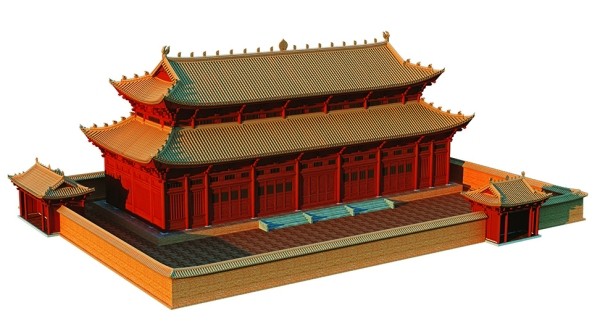
Tile roof of Thang Long palace during the Ly dynasty (Cre: vnexpress.net)
One of the most impressive architectural features of the Citadel is the Hanoi Flag Tower, which stands at the entrance of the Citadel. The tower is 33 meters high and has three levels, with a flagpole on the top. It was built in the early 19th century during the Nguyen Dynasty and served as a communication center for military purposes. The Flag Tower is a symbol of Hanoi’s independence and resilience, having survived numerous wars and invasions.
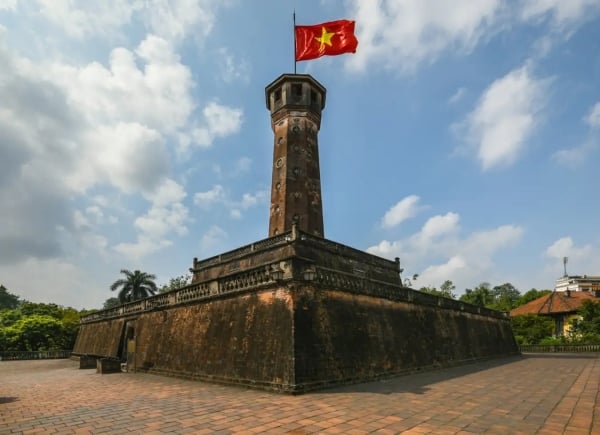
Hanoi Flag Tower (Cre: www.traveloka.com)
The Main Gate
The main gate of the Citadel is the Doan Mon Gate, which is also called the South Gate. The gate is an excellent example of Vietnamese architectural style, with a two-story tower, curved roofs, and intricate carvings. It served as the main entrance for the Emperor, and only the highest-ranking officials were allowed to enter through this gate.
The Forbidden City
The Forbidden City, located in the heart of the Citadel, was the residence of the Emperor and his family. The Forbidden City consists of many buildings, including the Kinh Thien Palace, the Thai Hoa Palace, and the Can Chanh Palace. The Kinh Thien Palace was the most important building, where the Emperor held court and conducted official ceremonies. The palace has a unique architectural style, with a large wooden structure supported by stone columns, and its roof is decorated with dragons and phoenixes.
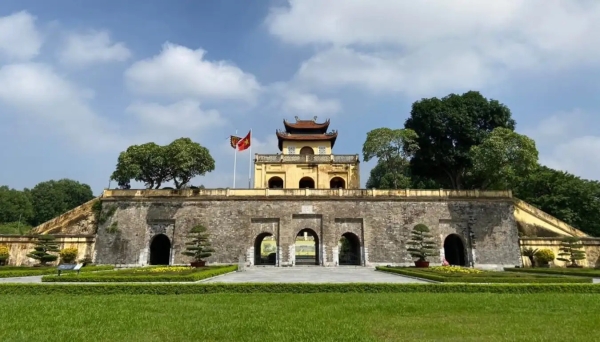
Imperial Citadel of Thang Long (Cre: www.traveloka.com)
Palace of Supreme Harmony
The Thai Hoa Palace, also known as the Palace of Supreme Harmony, was used for important ceremonies and meetings of the imperial court. The palace features intricate carvings and decorations, including dragons, phoenixes, and flowers, all symbolizing power, prosperity, and good fortune.
Can Chanh Palace
The Can Chanh Palace, located behind the Kinh Thien Palace, was the residence of the Empress and the Emperor’s concubines. It has a more modest and understated architectural style, reflecting its more private and intimate function.
In conclusion
The architecture of Thang Long Citadel is a unique blend of Vietnamese, Chinese, and French influences, reflecting Vietnamese long and diverse history. The Citadel’s walls, towers, palaces, and temples are all fine examples of traditional Vietnamese architecture, showcasing the country’s cultural and architectural heritage.
When you come to Hanoi, discovering the city and its chequered history by visiting ancient relics like The Imperial Citadel of Thang Long will be worth it. Find out more about this tour and other fascinating options via Hanoikids – a local homie of ours! Founded in 2006, Hanoikids has conducted more than 20000 tours for friends all over the world. They are well-recognized for the friendliness that makes everyone feel like walking around Hanoi City with a travel-mate, not a tour guide.

